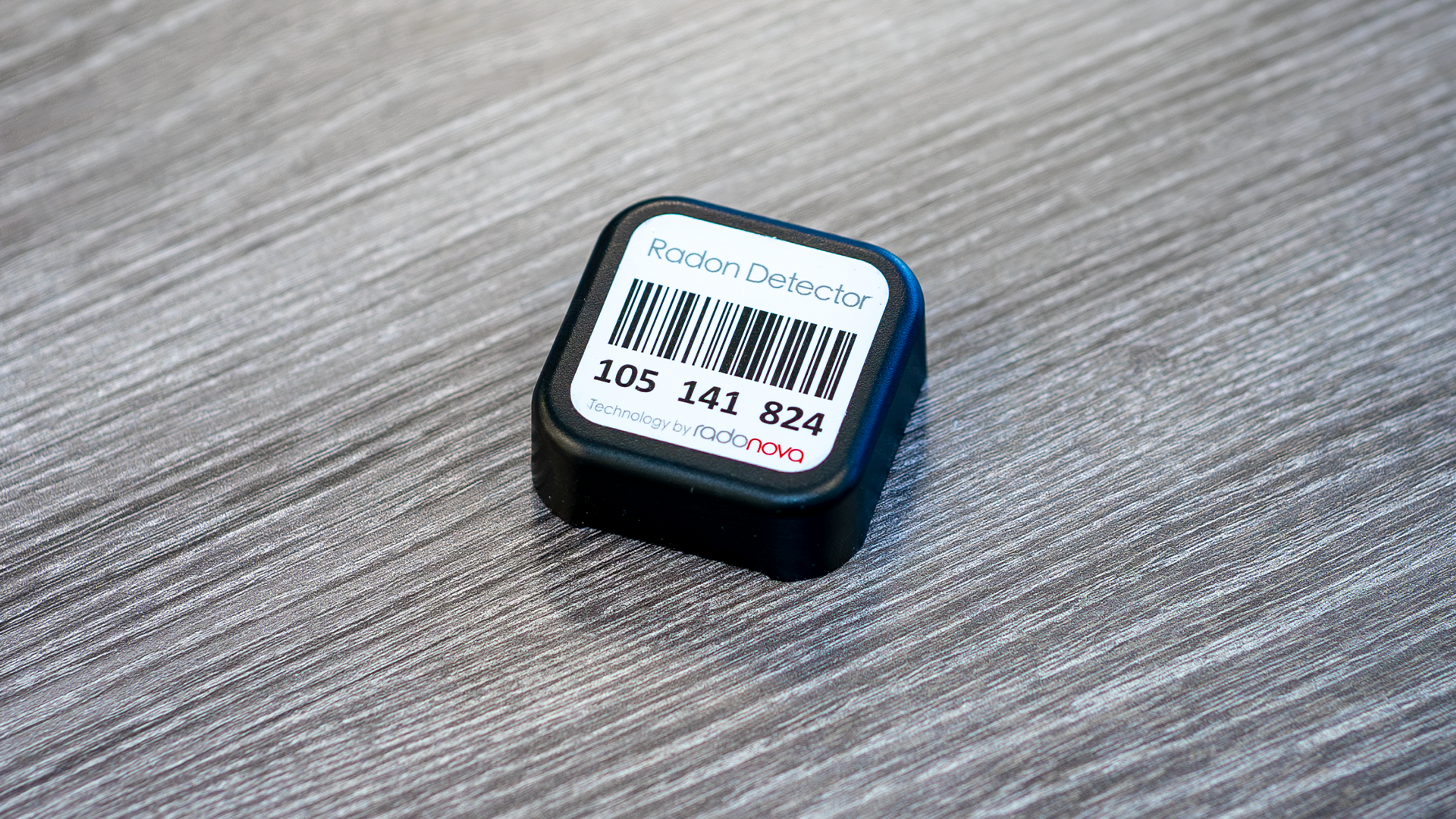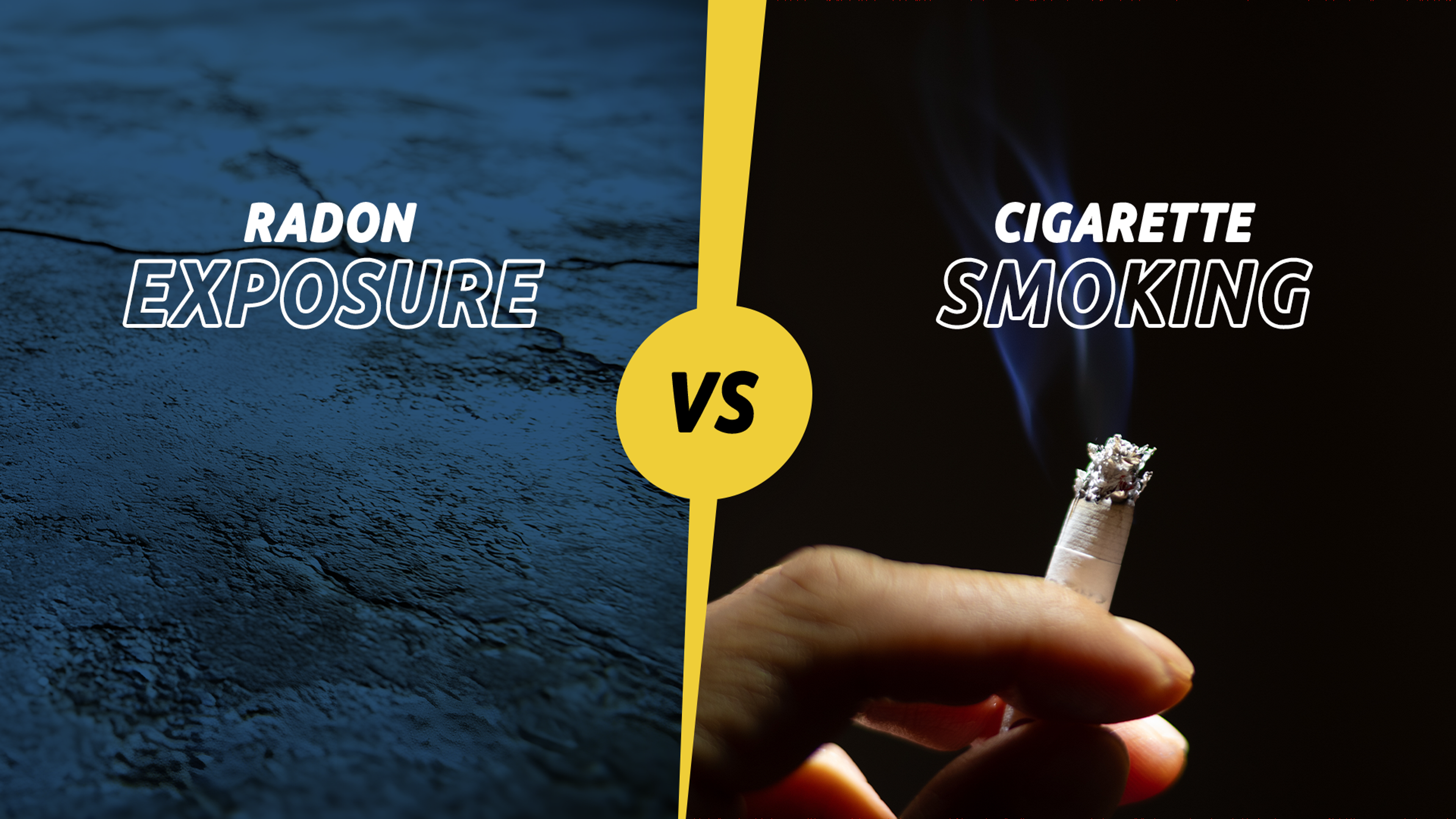

Top 5 Reasons to Test for Radon in Your Home
Radon enters a home from the decay of uranium in the soil beneath a house through cracks in the foundation, basements, floor drains, sump pumps, and floor joints. It becomes trapped within the home where it enters the air we breathe. Know these top 5 reasons to test for radon in your home.
1. Radon causes lung cancer.
Radon is a Group A carcinogen. It is the number one cause of lung cancer in nonsmokers and the second leading cause of lung cancer after smoking.
When inhaled into the lungs, radon decays into radioactive alpha particles. These radioactive particles damage the DNA of cells that line the lungs. Such cell changes are called mutations. When cells have too many mutations they can stop working correctly, grow uncontrollably, and become cancerous.
Long-term exposure to radon over several years causes lung cancer. People can experience long-term radon exposure in buildings where they spend a significant amount of time such as houses, schools, apartments, and workplaces.
2. Radon varies between homes.
Radon gas can fluctuate day to day, week to week, or even season to season. It can also vary between homes within the same neighborhood - which is why it is important to test your own home.
3. Radon cannot be seen or smelled.
Radon is an invisible, colorless, and odorless gas. The only way to know radon is present is to test for it.
4. The EPA and Health Canada recommend testing for radon.
Both the EPA and Health Canada recommend testing one’s home for radon every two years. It is also recommended to test after a home renovation. Structural changes that affect airflow patterns in your home can change how radon enters and circulates within your home. Foundation repairs, moving or removing walls, changing out windows or doors, and moving air ducts or vents are examples of renovations that can alter ventilation patterns within a home.
Many regions and countries have established regulatory guidelines for radon testing during real estate transactions. Homebuyers may require radon test reports as part of the purchasing process to determine if there are potential radon-related issues before finalizing the deal and it is frequently part of a comprehensive home inspection. Home inspectors often use continuous radon monitors during the pre-sale home inspection process such as the SPIRIT radon monitor.
5. Radon can be removed from your home.
Radon mitigation systems installed by certified radon mitigators can bring home radon levels down to levels that the EPA has designated as safe. To find a certified radon mitigator in your state or province, contact the NRPP (U.S.) or C-NRPP (Canada).
New homes can be built with radon-resistant construction features that help prevent radon entry and make it easier to install a complete radon reduction system, if needed, in the future.
Additionally, a radon mitigation installed in your home can increase its resale value. The system can give a potential buyer confidence that radon issues have been addressed in the home.
Click here to stay informed about radon industry news and product discounts.
Published
October 23, 2024




